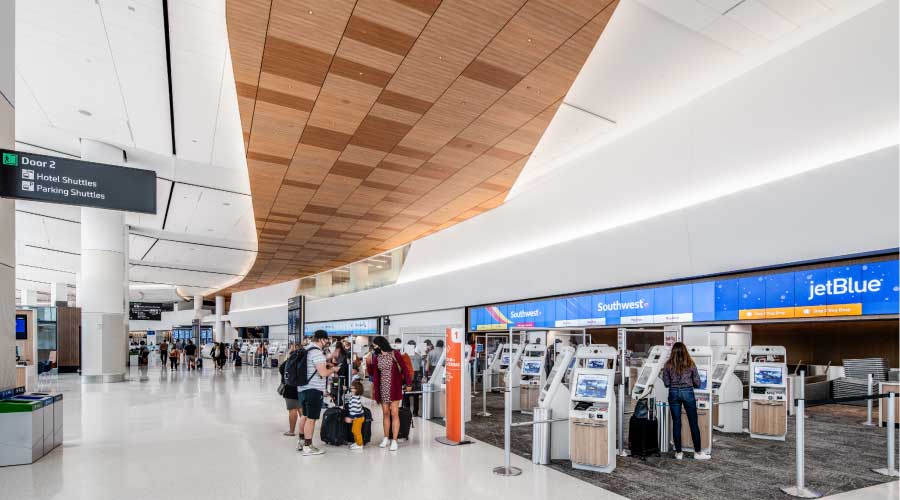Certified Energy Manager Credential Is One Option For Energy-Focused Professional Sustainability Certification
Certified Energy Manager — The Certified Energy Manager credential is one of the most established credentials, having been launched in 1981 by the Association of Energy Engineers. It was created to develop an industry-standard level of expertise in the energy management field and is recognized by the U.S. Department of Energy, the Office of Federal Energy Management Programs (FEMP), and the U.S. Agency for International Development, as well as by state energy offices and major utilities, according to AEE. Getting the credential requires passing a certification exam and meeting requirements for experience and education. It is a good option for facility professionals looking for an energy-focused professional sustainability certification.
Energy Management Professional — The Energy Management Professional credential is a relatively new designation billed as a "master's degree" for individuals who provide independent energy services, and understand both energy efficiency and how building systems work. The credential is offered by the Energy Management Association, an offshoot of the AABC Commissioning Group (AGC), an organization whose members provide third-party commissioning and energy management services. The EMP credential requires three years of energy management experience, attendance at a day-and-a-half seminar, and passing an exam.
High-Performance Certificate — This certificate is offered by BOMI and signals completion of a three-course program designed to "further enhance the knowledge, skills, and abilities of professionals who are responsible for implementing sustainable initiatives." The three courses are High-Performance Sustainable Building Principles, High-Performance Sustainable Building Practices, and High-Performance Sustainable Building Investments.
Building Rating Systems
Each organization has its reasons for being sustainable; financial, technological, ideological. Generally, finances are the primary driver to institute sustainable practices — financial benefits range from actual cost savings due to sustainable measures, like energy efficiency, to increased sales from like-minded customers.
In the past, and in some cases still today, the goal of the owner is simply to put a certification plaque on the wall without any real understanding of the long-range goals of the sustainability initiative. That's obviously not ideal.
In order to get the best results, facility managers should seek out a sustainability standard for the organization. You don't have to go from zero to LEED Platinum overnight. Rating systems offer everything from a simple energy audit up to developing a full corporate high-performance building initiative.
There are excellent, nationally accepted benchmark programs for the design, construction, and operation of high performance sustainable facilities. Certification establishes a building project as environmentally responsible and a healthy place to work as validated by third-party verification. Here's a quick overview of five of the most common programs.
LEED — Leadership in Energy and Environmental Design is USGBC's voluntary rating system building. In the United States, LEED is the foremost building certification, but these days, it is also used in more than 135 countries. There are currently more than 3 billion square feet of building space that has been certified worldwide, with another 7 million square feet in the pipeline.
The newest version of LEED — LEED version 4 — came out in November 2013. The new LEED v4 rating systems significantly increase the requirements for LEED certification, especially the areas of energy and water efficiency, sustainable sites, and materials and resources.
There are four levels of LEED certification based upon the points achieved: Platinum (100-80), Gold (79-60), Silver (59-50), and Certified (49-40). Each designation requires a certain portion of points in areas of Sustainable Sites, Water Efficiency, Energy & Atmosphere, Materials & Resources, Indoor Environmental Quality, with an additional 10 possible bonus points that can also be awarded for Innovation & Design and Regional Priority.
Related Topics:














